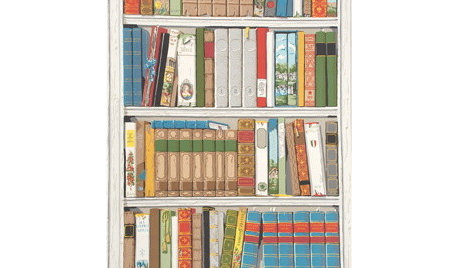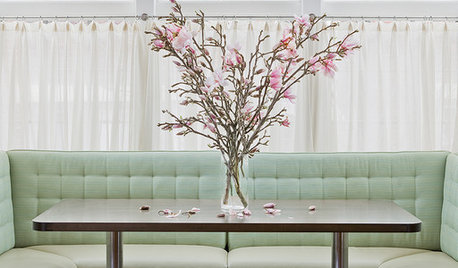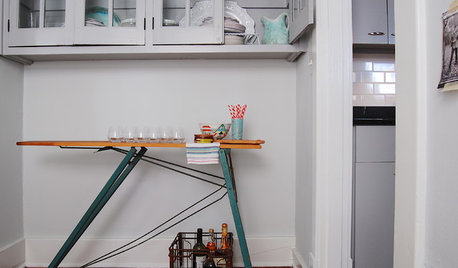A useful page
glib
11 years ago
Related Stories

DECORATING GUIDESRooms Take a Page from Book Wallpaper
Turn your walls into well-read companions even without a library, using the novel design idea of book wallpaper
Full Story
KITCHEN DESIGNPaging All Foodies: Your Banquette Is Ready
Please follow us to these 7 gorgeous dining nooks designed for everything from haute cuisine to s'mores
Full Story
Create Page-Turning Design with Books
17 Ways to Enjoy the Look of Books All Over the House
Full Story
INSIDE HOUZZUsing Houzz: Create a Home To-Do List
See how to use an ideabook to keep track of your home projects this year
Full Story
WORKING WITH PROSHow to Find a Designer or an Architect Using Houzz Photos
Locate the pro who's just right for your home project using the millions of images on Houzz
Full Story
COLORBest Uses for the Boho Blue Color of 2015
PPG Pittsburgh Paints’ Color of the Year is a bold bohemian blue best used in small doses
Full Story
INSIDE HOUZZHow to Create and Use Ideabooks
See how to gather inspiration, share it with others and put your design dreams on the path to reality
Full Story
DECORATING GUIDESPractical New Uses for 23 Old Things
Junk? What junk? Those things cluttering up your storage space are home solutions waiting to happen
Full Story
DECORATING GUIDESTaste a Rainbow: 11 Top Home Decorating Colors and How to Use Them
Prime yourself for spring painting season with our color-happy guide to working with popular shades around the home
Full StoryMore Discussions









ltilton
glibOriginal Author
Related Professionals
Maple Valley Landscape Architects & Landscape Designers · Ballwin Landscape Architects & Landscape Designers · Beavercreek Landscape Architects & Landscape Designers · Forest Acres Landscape Architects & Landscape Designers · Mountain Brook Landscape Architects & Landscape Designers · Waterbury Landscape Contractors · Beverly Hills Landscape Contractors · Lake Worth Landscape Contractors · Mashpee Landscape Contractors · North Chicago Landscape Contractors · Palos Verdes Estates Landscape Contractors · Waldorf Landscape Contractors · Welby Landscape Contractors · Wilsonville Landscape Contractors · Yukon Landscape Contractorsmarknmt
ltilton
glibOriginal Author
mrsg47
dmtaylor
fruitmaven_wiz5
olympia_gardener
fruitmaven_wiz5